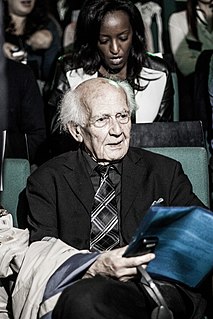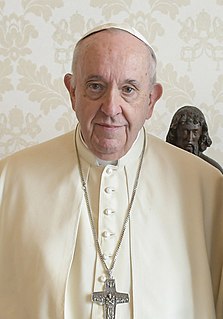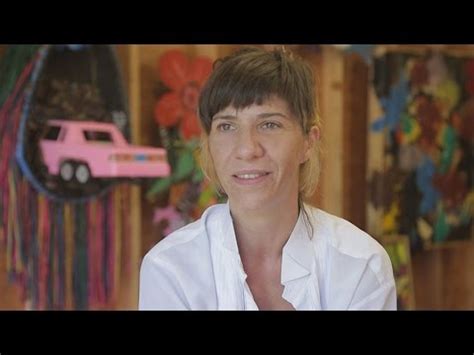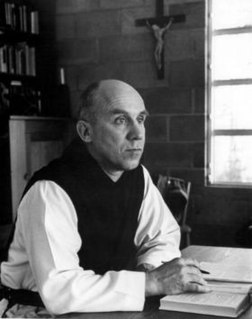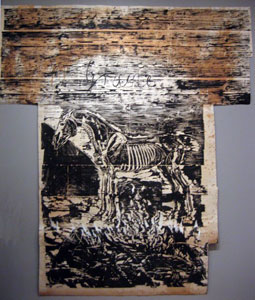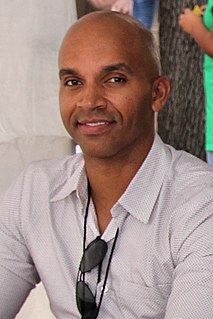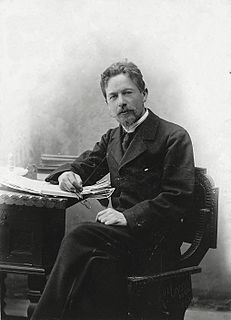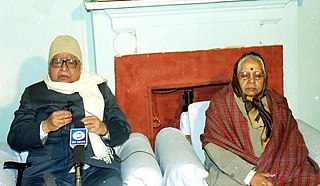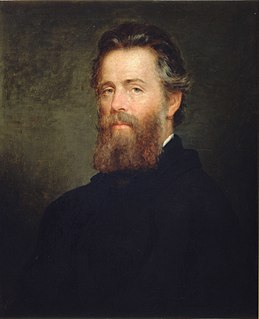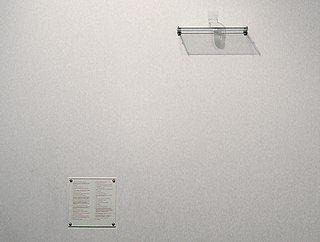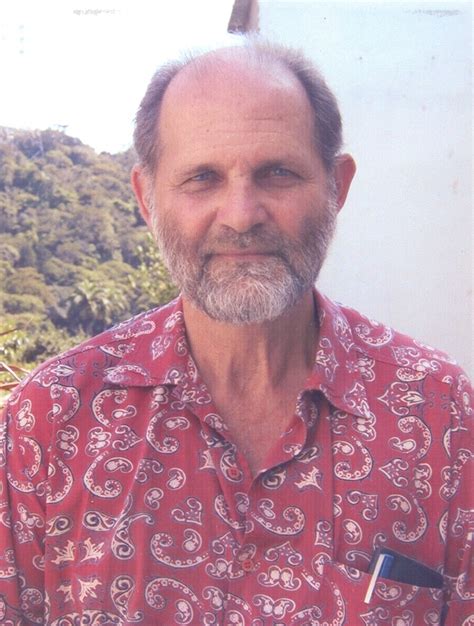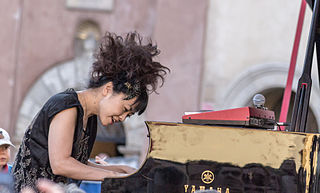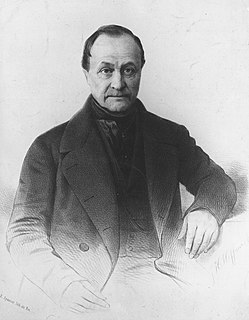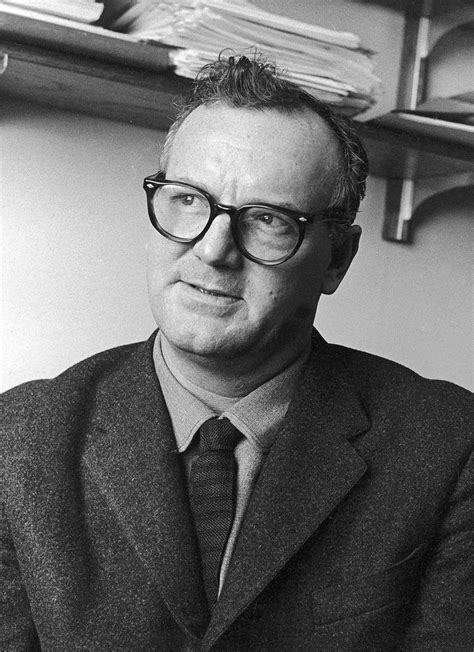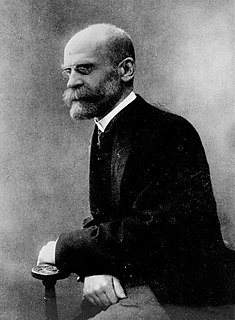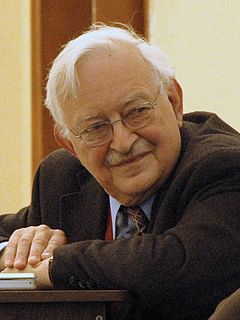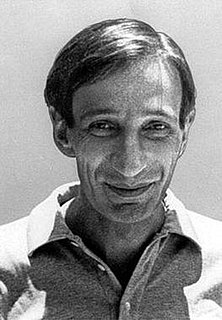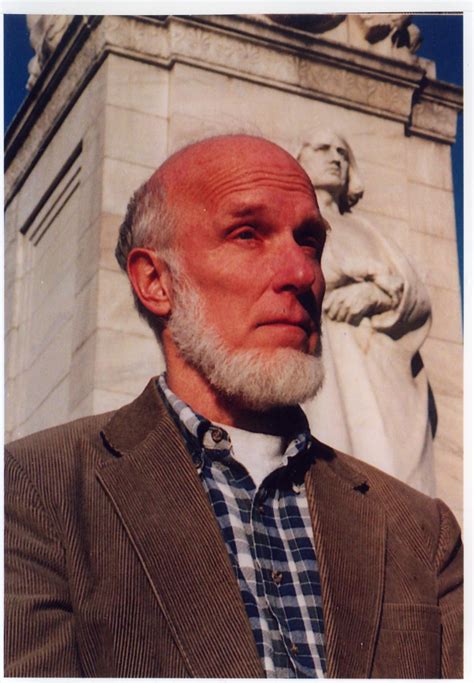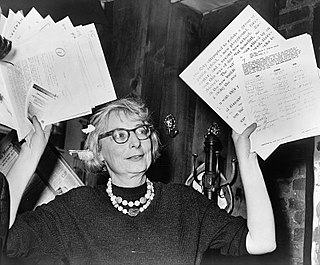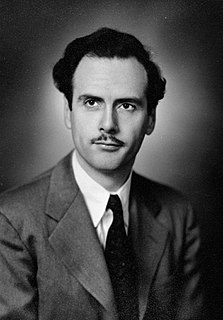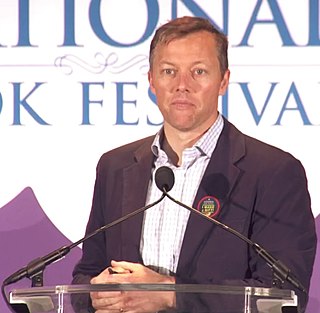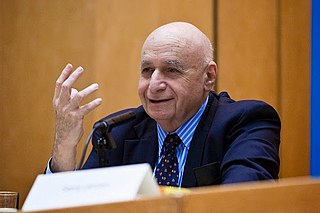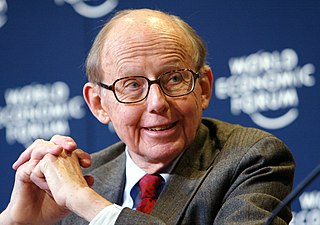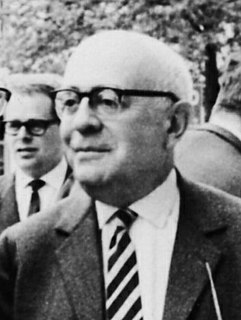A Quote by Zygmunt Bauman
The art of walking on quicksand is still beyond me. What I learned is only how difficult this art is to master and how hard people need to struggle to learn it.
Related Quotes
Never hesitate to show your own staff that you need help. They need to be reminded how important they are to the process. In life and in business, we rely on each other to be responsible for individual tasks that benefit everyone. People sometimes forget how much interdependence there really is in a successful business. Learn the art of asking for help to empower and motivate others, and you will have learned a very powerful management strategy.
There is no separate art of life. If you know how to allow poetry, if you know how to allow dance, if you know how to allow love - if you know how to ALLOW, then you know the art of life. In the allowing, in the let-go, in the surrender, is the art of life. How not to be and to let God be - that is the only art of life.
We swung over the hills and over the town and back again, and I saw how a man can be master of a craft, and how a craft can be master of an element. I saw the alchemy of perspective reduce my world, and all my other life, to grains in a cup. I learned to watch, to put my trust in other hands than mine. And I learned to wander. I learned what every dreaming child needs to know -- that no horizon is so far that you cannot get above it or beyond it.
When I was in Wuhan, I went to the art school, which was one of the most important art schools in China, an enormous art school. One of the things that I saw is that the schools are very big and there are so many students. It is very difficult to me to teach creative activity to great numbers of people, because I think you need personal contact with students, you need to speak individually, you need individual contact between teachers and students, you need continuity. To me this is a problem in mass education in every society now.
If being an anti-art artist is difficult, being an anti-art art historian is a hard position indeed. His doctrinal revolutionism brings forth nothing new in art but reenacts upheavals on the symbolic plane of language. It provides the consoling belief that overthrows are occurring as in the past, that barriers to creation are being surmounted, and that art is pursuing a radical purpose, even if it is only the purpose of doing away with itself.
